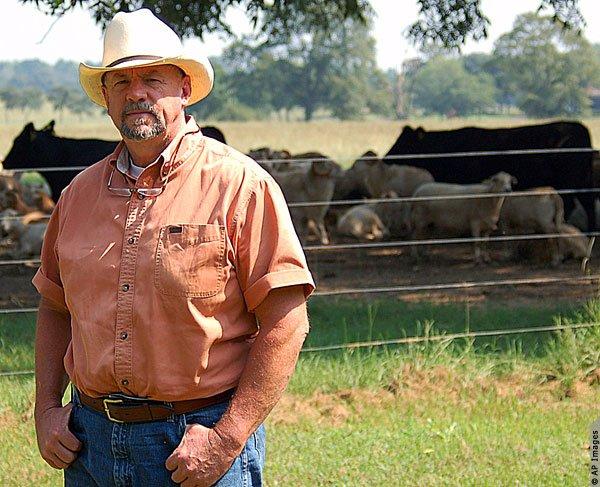The Farm Bill and You
It's getting lost in the election shuffle and forgotten about by the mainstream media. The Farm Bill sits somewhere in Congress, awaiting an opportunity to be voted on in this session, sometime before Sept. 30. And while we may not think the Farm Bill affects anyone but farmers, a closer look at the bill reveals otherwise. For hunters and other conservationists, the bill comes packed with a financial punch for projects that enhance habitat nationwide.

Meanwhile, another part of the bill affects wildlife management. I have a son-in-law who is soon to graduate with a biology degree and hopes to enter the field of wildlife biology - either with an entry-level job or by furthering his education with a Master's degree in a specialized area of biology. He says there are jobs out there totally funded by the Farm Bill for wildlife biologists.
According to the American Farmland Trust (AFT), the new Farm Bill contains conservation programs that streamline at least two-dozen programs currently in place to help farmers manage their land - often protecting natural habitat for wildlife and wetlands, or returning to natural grasslands, for example. It breaks the process into two steps, instead of a confusing myriad of federal programs that require applications.
Another component of the Farm Bill focuses on strategic conservation with a three-tiered strategy. According to the AFT, This approach would create a three-tiered strategic initiative system to strategically focus conservation resources:
- National: USDA Natural Resources Conservation Service (NRCS) headquarters focuses on regional and multi-state resource concerns of national significance, in the model of the Sage Grouse Initiative;
- State: NRCS State Conservationists focus on key state-level priorities, for example, impaired air quality in the California Central Valley; and
- Local: Local groups focus on resource concerns that impact the economic viability, ecological integrity, and quality of life of local agricultural communities, using the Cooperative Conservation and Partnership Initiative (CPPI) model."
Without this blog turning into a research paper, it's important to note that groups such as Ducks Unlimited have praised the Farm Bill for its Conservation Reserve Program, which is a conservation easement program that includes a robust wetland component. Pheasants Forever testified last April to the House Agricultural Committee regarding the merits of continuing to protect sustainable agricultural production, combined with giving farmers access to conservation programs. The Quality Deer Management Association (QDMA), in its Advocacy Summary, listed support for the farm bill in its support for the Conservation Title and the SODSAVER parts of the bill. And the list goes on.
It's time to call for a vote, to get Congress to stop thinking about its next paycheck and start thinking about why we sent them there in the first place. If you think the Farm Bill needs to be passed (or not), and want to learn more about it, you may read it at this government website.
So how do you vote? Yay or nay?







